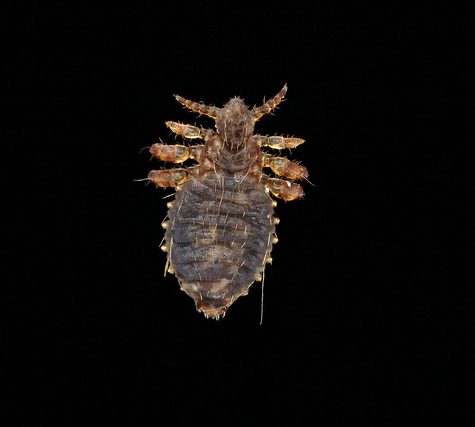Termite
$19.00 – $400.00Termites are eusocial insects that are classified at the taxonomic rank of infraorderIsoptera, or as epifamily Termitoidae within the cockroach order Blattodea. Termites were once classified in a separate order from cockroaches, but recent phylogeneticstudies indicate that they evolved from close ancestors of cockroaches during the Jurassic or Triassic. However, the first termites possibly emerged during the Permian or even the Carboniferous. About 3,106 species are currently described, with a few hundred more left to be described. Although these insects are often called “white ants”, they are not ants.
















